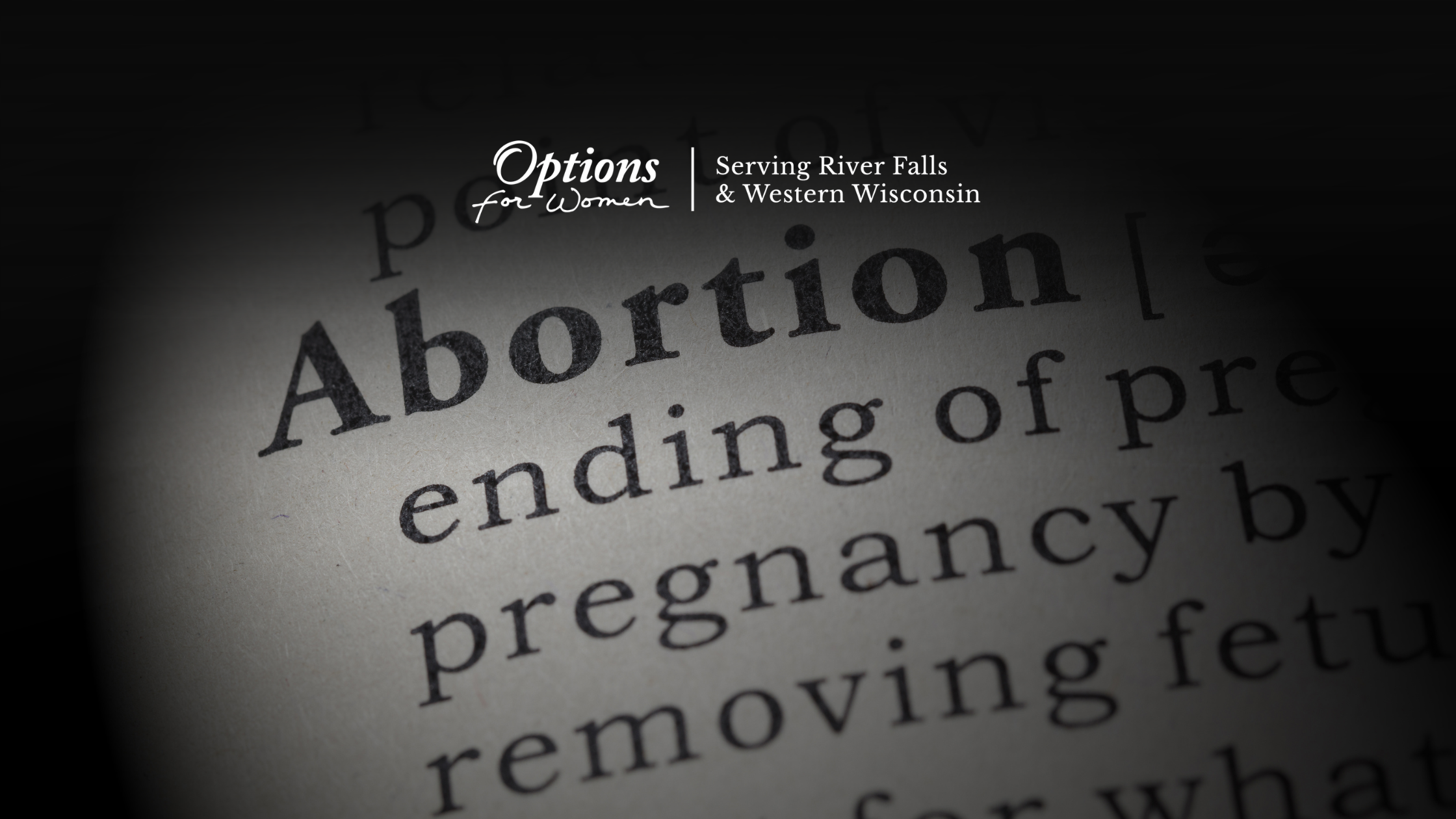by Dr. Lloyd Holm, D.O., Executive Director
Since the passage of Roe v. Wade in 1973, abortion issues have been thrust into the spotlight and at times, dominated media coverage.
But just what is an abortion and how does it come about?
From a purely medical standpoint, the loss of any early pregnancy up to and including 19 weeks and 6 days is considered an “abortion” but not in the context of an intentional event. If a woman is pregnant and is experiencing vaginal bleeding or cramping and she seeks medical attention, she will more than likely be diagnosed has having one of the following: threatened abortion, inevitable abortion, incomplete abortion, complete abortion, or missed abortion. The assignment of the appropriate diagnosis will depend upon a thorough history, pelvic examination, possible laboratory testing, and the performance of an ultrasound. Only then can an appropriate diagnosis be reached. Of the four above options, only the threatened abortion carries any hope for a favorable outcome.
It is truly unfortunate if a woman is suffering with a possible early pregnancy loss and someone tells her she is having an “abortion” and doesn’t refer to it as a miscarriage. The connotation can be devastating.
An intended abortion, on the other hand, requires intervention. Intervention intended to end the pregnancy by evacuating the intra-uterine contents. This intervention is generally accomplished by either surgical or pharmacologic means. The determining factor on the route of intervention largely depends upon the gestational age of the embryo or fetus.
A surgical abortion is accomplished by either a D&C or a D&E. A D&C is a dilation and curettage, a D&E is a dilation and evacuation. Both methods require dilating or opening up of the cervix to allow removal of the fetal products and placenta. The removal is accomplished by either scraping (curettage) the entire lining of the uterus or sucking (evacuating) out the entire intra-uterine contents.
A pharmacologic abortion involves the oral ingestion of two prescription drugs, mifepristone (RU486) and misoprostol (Cytotec). Sometime – usually with hours – after the misoprostol is taken, a miscarriage ensues.
Despite what the pro-abortionist might say, both procedures are not without risk. With any surgical intervention there is the risk of injury, bleeding, or infection. Occasionally a woman can have issues with future pregnancies related to the integrity of the cervix and pre-term birth.
With a pharmacologic abortion, one risk the pro-abortionist either ignore or overlook is the intended intervention in a woman who unknowingly is pregnant with an ectopic pregnancy. If she received pills to terminate her pregnancy and she was not seen by a licensed provider to determine if she is carrying an intrauterine pregnancy and she was indeed pregnant with an ectopic pregnancy, the initial symptoms associated with a miscarriage could mimic some of the initial symptoms of an ectopic pregnancy – spotting and cramping and/or pelvic pain and result in a delayed diagnosis of an ectopic pregnancy. This risk is real as the known incidence of an ectopic pregnancy in the general population is 1-2%.
It really isn’t an issue of If this could happen, it’s an issue of When it would happen. The delay in diagnosis of an ectopic pregnancy could result in intra-abdominal bleeding or hemorrhage or even death. The risk of death in an ectopic pregnancy is not unheard of and should never be taken lightly. In fact, the reality is, ectopic pregnancies make up 10% of all maternal deaths.
Sources
Danielsson, Krissi. “Get the Stats on Ectopic Pregnancies.” Verywell Family, Dotdash Media, Inc., 26 Oct. 2022, www.verywellfamily.com/what-do-statistics-look-like-for-ectopic-pregnancy-2371730.
Mummert T, Gnugnoli DM. Ectopic Pregnancy. [Updated 2023 Aug 8]. In: StatPearls [Internet]. Treasure Island (FL): StatPearls Publishing; 2023 Jan-. Available from: https://www.ncbi.nlm.nih.gov/books/NBK539860/
Dr. Lloyd Holm is a licensed physician and OB/GYN. He started his career as a general practitioner in rural Iowa where he practiced for 7 years. Subsequent to this, he completed a residency in obstetrics and gynecology at the University of Nebraska Medical Center in Omaha. After practicing as a board certified OB/GYN for nearly 30 years, he retired in 2018. During his career he served as President of the Iowa State Board of Health, chairman of the College of Medicine Curriculum Committee at the University of Nebraska College of Medicine and OB/GYN Student Clerkship Director at the University of Nebraska College of Medicine. In addition, he is the author of two novels and a children’s book about the birth of Jesus. His writings have appeared in The Omaha World-Herald, Iowa Medicine, Obstetrics and Gynecology, the American Journal of Obstetrics and Gynecology, The Female Patient, and the medical website, Doximity. As the Executive Director of Options for Women/River Falls, Dr. Holm has continued his commitment to women’s well-being and is a steadfast supporter of its ministry and mission.
